Headless Commerce: Benefits, Examples and Best Platforms
The eCommerce evolution began in 1991 when the Internet was made available for commercial use. By 2000, security protocols like DSL and HTTP were introduced, helping to ensure secure electronic transactions. Since then, there have been many innovations and trends that have progressed the eCommerce sector further.
With that being said, in this blog post, we’re going to take a look at one of these progressions: headless eCommerce. Discover the benefits of headless commerce, the best headless eCommerce platforms, headless eCommerce examples, and much more.
What is headless commerce?
The simplest definition of headless commerce is the division of an ecommerce application's front end and back end. With this design, businesses have the ability to construct anything they desire. Most significantly, it gives brands the opportunity to improve the consumer experience.
The utilisation of experience managers, APIs, and tools like Heroku and Mulesoft, as well as the significance of IT partners, are characteristics of headless commerce.
Every company's innovation strategy needs to incorporate these resources because they bring fresh features and experiences that engage consumers while exceeding their expectations.
If you work in ecommerce, you are aware of how challenging it is to stay up with new touchpoints and experiences. Traditional e-commerce models can turn even little projects into enormous difficulties since updating the front- and back-end systems to accommodate new experiences can be necessary.
Headless commerce market size
At present, the headless commerce market size is $751.6 million, and it’s expected to reach $5,528.5 million by 2032. This means the market is expected to grow at a 22.1% CAGR over the next decade.
Headless commerce vs traditional commerce
To truly understand headless commerce, we need to look at how it compares with traditional commerce. There are three main differences:
1. Headless eCommerce enhances your ‘time to value’
The back-end business logic, capacities, and functionality typically account for up to 85% of the software development process, regardless of your e-commerce platform.
By starting from the point of completion with a headless commerce platform, you can focus on the UX (user experience) and deliver a finished product for much less money, time, and effort.
2. Enjoy almost limitless personalisation and customisation with headless eCommerce
Both the end user and the administrative user have predefined experiences when using traditional eCommerce platforms.
Businesses can create the precise user experience they desire for both customers and administrative users thanks to headless eCommerce.
3. Front-end developers are not limited with headless commerce
A standard eCommerce platform limits front-end developers to the front-end design and workflow that the solution generates. The database, the code, and the front-end all need to be changed in order to change the data or the user experience, making even the smallest modification a significant commercial risk.
Headless eCommerce frees front-end developers from having to worry about changing the database by allowing them to design a completely customised and one-of-a-kind user experience that suits the demands of the business.
Benefits of headless commerce
Now that you have a good understanding of what headless commerce is and how it compares to traditional commerce, the question becomes, what are the benefits of headless commerce?
- Improve flexibility and agility - Platforms for headless commerce can support new technologies as they are developed. Marketing teams will be able to easily develop many sites for different brands, departments, and portfolios. And because headless software is so flexible, firms may launch quickly, even if consumer preferences change fast. A headless platform is the way to go if you want to experiment and innovate without sacrificing backend functionality.
- An omnichannel experience - Consumers expect a consistent end-to-end buying experience because they conduct their transactions over a variety of digital channels, including chatbots, mobile devices, and laptops. While omnichannel capabilities may be touted by monolithic solutions, this isn't necessarily the case. For instance, the company trying to adopt a certain digital sales channel is out of luck if the traditional eCommerce platform does not yet support it. A headless solution, on the other hand, enables a company's in-house developers to build a front-end for a fresh digital sales channel whenever and wherever they see fit. By centralising all customer data and offering a thorough API layer that permits front-end developers to integrate commerce into any customer experience, headless solutions enable eCommerce organisations to create that unified experience at every point of contact.
- Integrations are a breeze - The ability to link several tools via an API is offered with headless solutions. APIs facilitate seamless data transfers and connections while making it straightforward for software systems to communicate together. The possibilities in terms of how you can utilise the data are boosted by this adaptability, which also eliminates limitations. The backend architecture is where the majority of eCommerce functionality is found, however, if you want to enhance the user experience, you can use an API to fix such issues. Facilitating an integration becomes rather easy because the consumer experience is separate from the back-end.
- Customisation is unlimited - You can maximise conversions by delivering a personal consumer experience. The headless commerce strategy does not limit you to developing a single kind of customer experience, in contrast to monolithic solutions. It is simpler to alter the content layer and less dangerous because you won't disrupt the underlying infrastructure, as the front end and back end are separated. A headless commerce architecture centralises content and can distribute it via API everywhere, allowing for considerably faster delivery than conventional eCommerce platforms and improving the user experience. Due to the centralisation and ease of access to all client purchasing data (such as purchase history), headless platforms eliminate information silos. Retailers can customise product recommendations, promotions, and browsing choices for a particular channel to make more useful offers and boost conversion rates now that they have access to client information.
Headless eCommerce examples
To give you some inspiration, we’ve gathered some headless eCommerce examples:
Feel Unique
Feel Unique, a top cosmetics shop in Europe, was looking for a solution to improve the in-store experience for customers in order to boost sales.
To increase the site's dependability, speed, and engagement, they converted to the React Progressive Web App.
The firm was able to speed up and streamline the customer's buying experience as a result of the changeover. This enabled them to enhance key points along the way (like browsing experience, product searching, and purchasing).
Customer satisfaction soared as a result, and the user experience was greatly enhanced.
Target
Amazon and Walmart, whose customers readily switch from one brand to another, presented severe competition for Target.
Target discovered after a thorough investigation that approximately 80% of their customers begin their purchasing process on one gadget and end it on another.
By bridging this divide between devices, the company realised enormous development potential and turned to headless commerce to synchronise their customers' purchasing journeys across several platforms.
Target saw a rise in conversion rates after going headless, as more and more customers found it simpler to finish their purchases.
Nike
To increase revenues from their predominately mobile consumer base, Nike desired a mobile-first eCommerce website. To accommodate smaller screen interaction, they had to optimise each component, including the graphics and the call to actions.
React SPA and Node.js backend for frontend (BFF) were both implemented in order to maximise user experiences across all pages. Nike gradually overtook Adidas as the market leader by taking a larger part of the overall market.
Best headless eCommerce platforms
So, let’s take a look at some headless enterprise eCommerce platforms on the market today:
Kentico Kontent
A headless CMS like Kentico Kontent gives you the freedom to integrate cutting-edge applications that set you apart from the competition and increase your revenue. It works as a web content management system to build websites, online shops, and web 2.0 community sites using Microsoft SQL and ASP.NET servers.
The app's preferred development environments are Visual Studio and Microsoft MVC. It uses a cloud-native content management system to enable content creation from any location without requiring maintenance or experiencing downtime.
The programme includes features like inline ideas, tasks, and reviews that let you collaborate across your whole company. All of these capabilities contribute to enhancing the knowledge of your staff. Kentico Kontent does offer inventory management; however, there aren't many noteworthy features.
Shopify
By separating your front-end design from your back-end infrastructure with Shopify Plus headless eCommerce, you can publish to any channel and turn any device into a platform for your business.
To ensure a seamless consumer experience, the headless commerce capability offers complete creative control across all touchpoints. Through customised storefronts like kiosks, wearables, vending machines, and billboards, you may engage customers using your business software and content management systems.
With a web app that functions like a native mobile app, you can also speed up the performance of your website.
BigCommerce
BigCommerce is an eCommerce platform that enables companies to design unique online storefronts. Users can manage clients, orders, product catalogues, pricing, and promotions using the robust capabilities it offers.
Users may easily generate and publish content on their digital shops, thanks to the platform's integrated content management system. Businesses can swiftly introduce new goods, add new features, and improve their websites in real-time using headless commerce without worrying about technological difficulties or coding requirements.
Regardless of the device or channel, its digital experience solutions enable retailers to boost customer engagement with dynamic, tailored experiences.
Summary
As you can see, headless eCommerce offers a number of benefits for businesses today. We hope the examples provide you with the inspiration you need to get started. And, don’t forget that there are some fantastic headless eCommerce platforms on the market too.
Subscribe To Us







.jpg?mw=310)

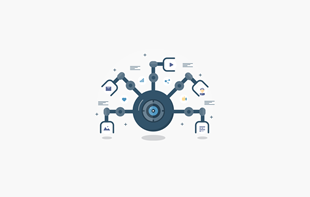
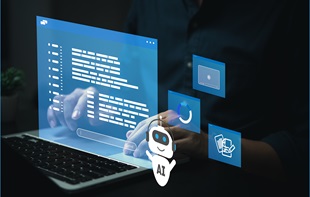
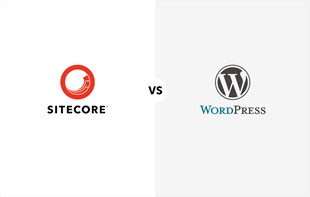

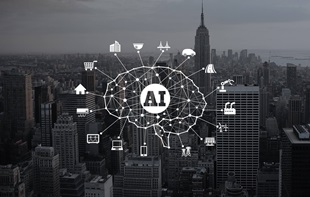

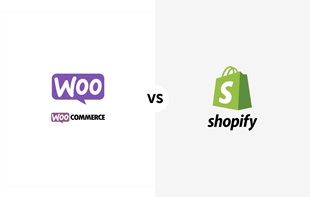





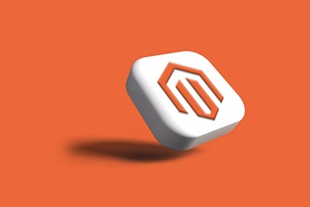








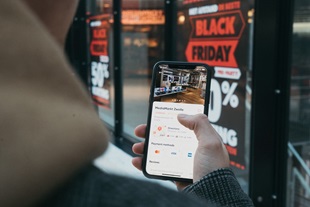













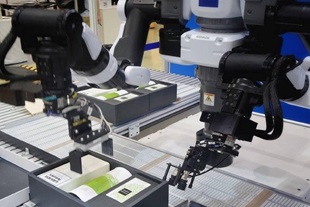

































































.jpg?mw=310)



























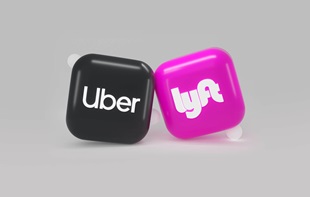


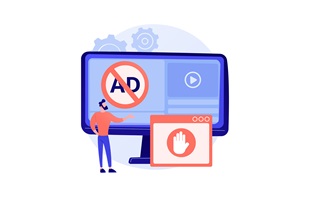




![10 latest trends in digital marketing for beauty brands [Part.2]](/-/media/Appnova/Blog/ScreenShot20151026at1500471940x567/10-latest-trends-in-digital-marketing-for-beauty-brands-Part-2.jpg?mw=310)
![10 latest trends in beauty web design and digital marketing [Part.1]](/-/media/Appnova/BannerImages/18376519151_bbeaa6dafc_b-1/trends-in-beauty-web-design-and-digital-marketing/10-latest-trends-in-beauty-web-design-and-digital-marketing-Part1.jpg?mw=310)
![From story-telling to story-showing: What makes a lifestyle eCommerce? [Part.2]](/-/media/Appnova/BannerImages/ScreenShot20150929at143416/From-story-telling-to-story-showing-What-makes-a-lifestyle-eCommerce-Part-2.jpg?mw=310)





















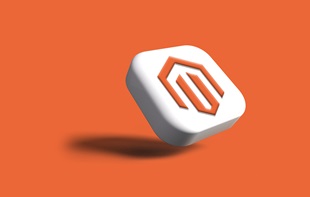
![The generation of me, myself and I – Me-commerce will remain strong. [Infographic]](/-/media/Appnova/BannerImages/mecommerce-cover/mecommerce-cover/The-generation-of-me-myself-and-I--Mecommerce-will-remain-strong.jpg?mw=310)

![A Whole New E-commerce World – Alibaba and the forty others [Infographic]](/-/media/Appnova/BannerImages/camel/camel/A-Whole-New-E-commerce-World-Alibaba-and-the-forty-others.jpg?mw=310)










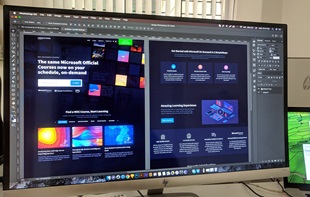



.jpg?mw=310)

0.Comments